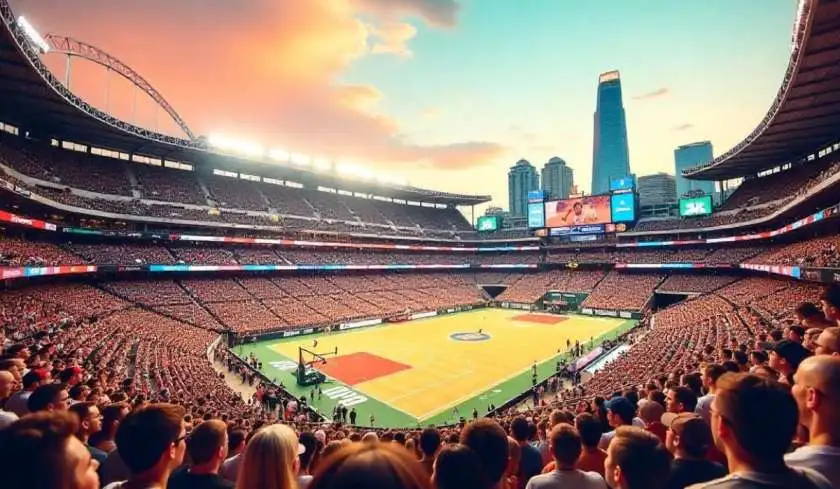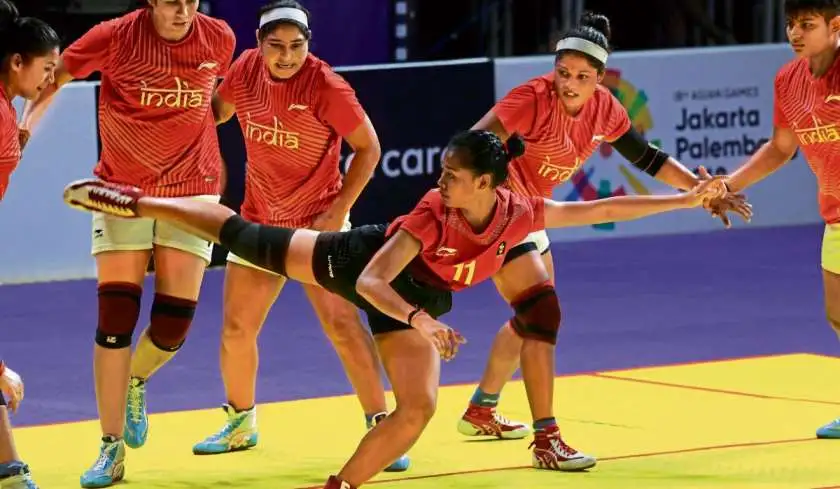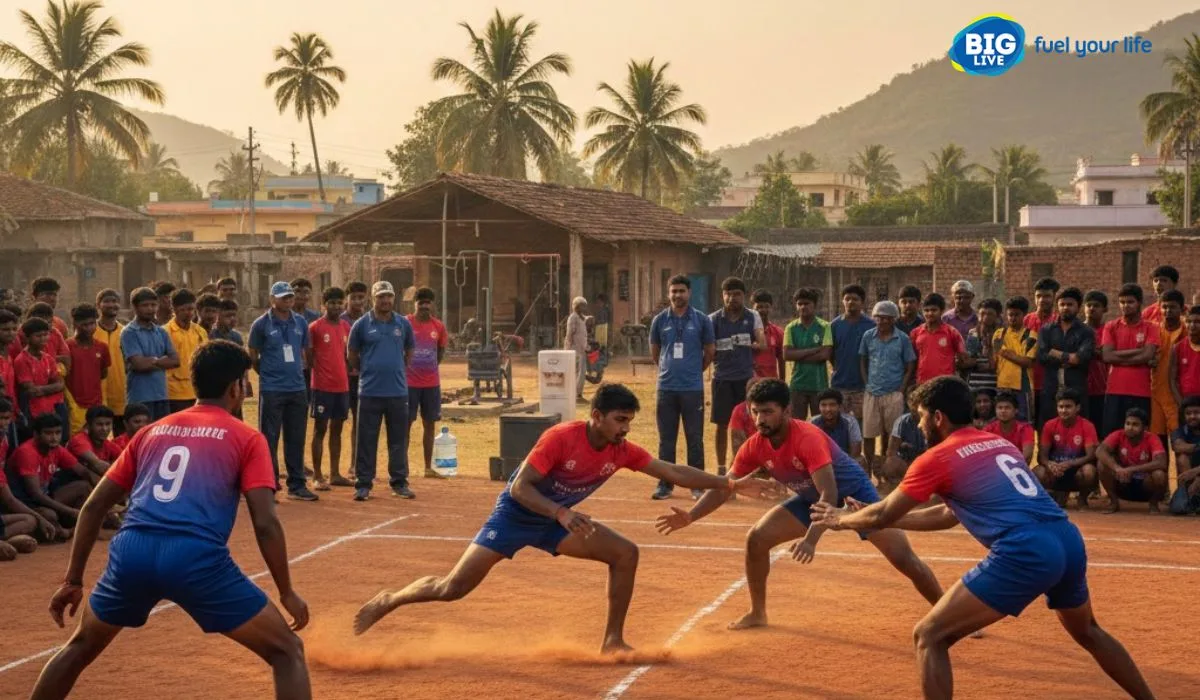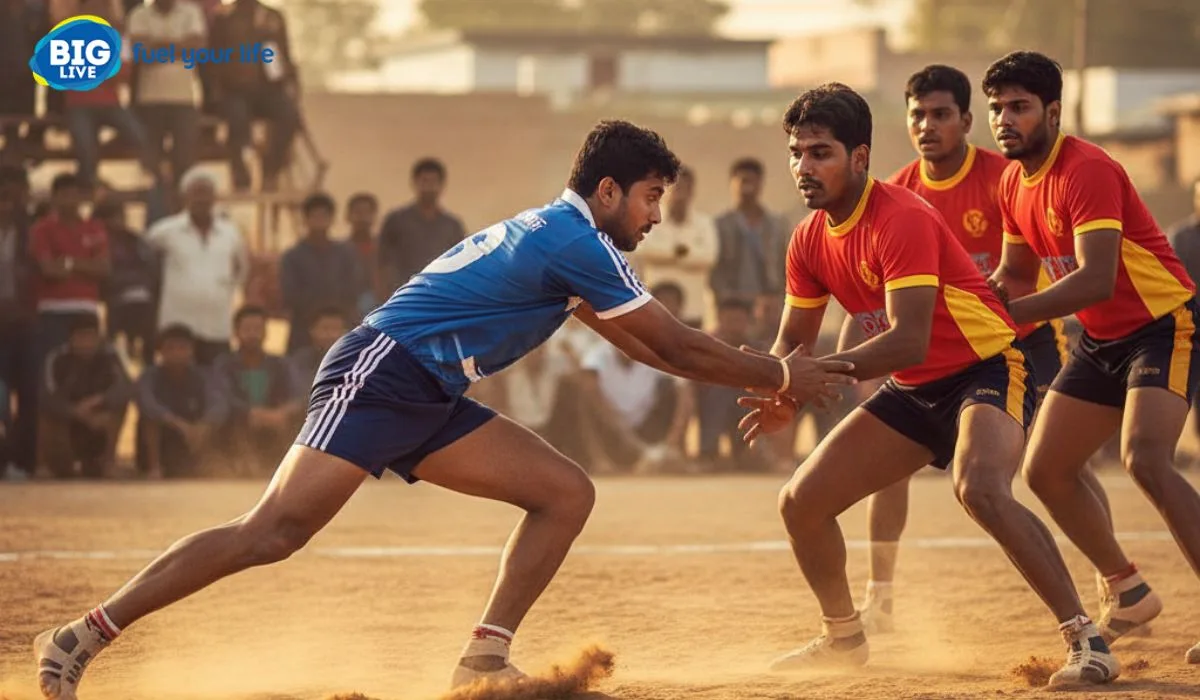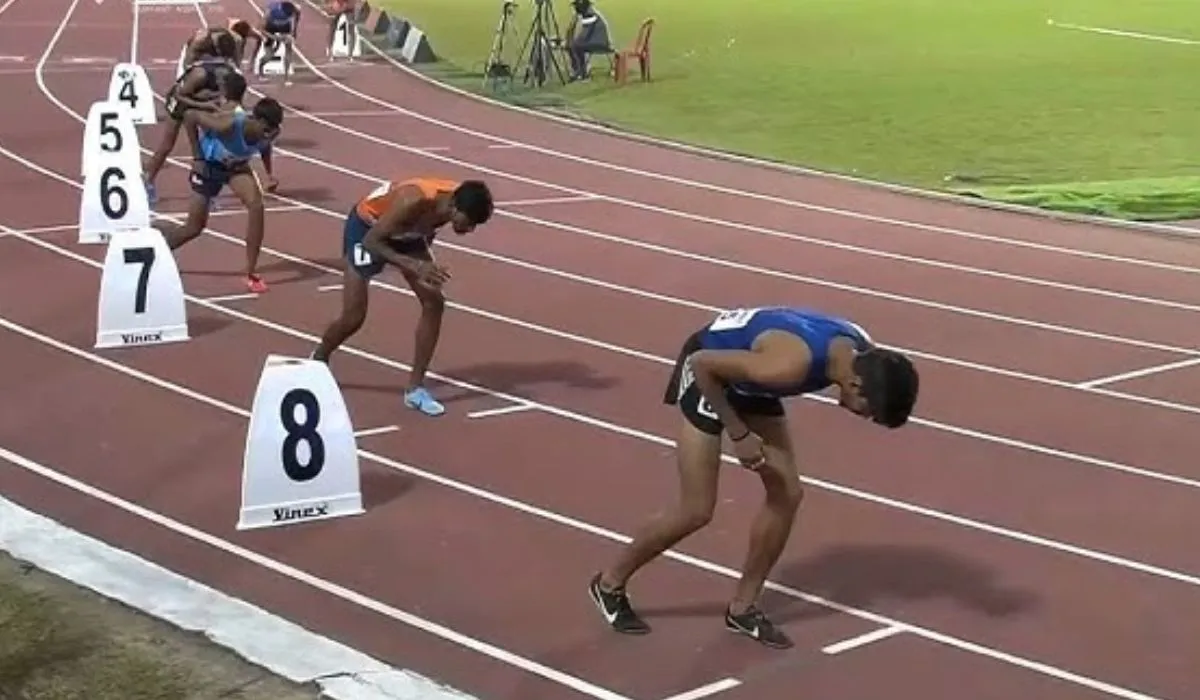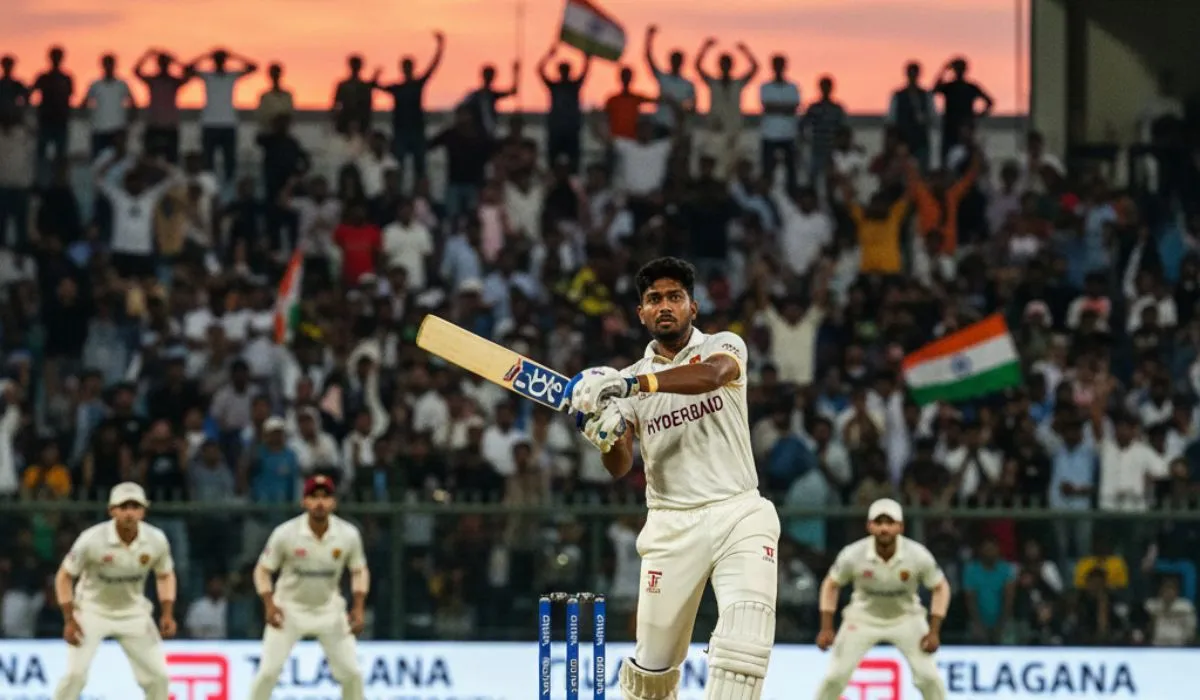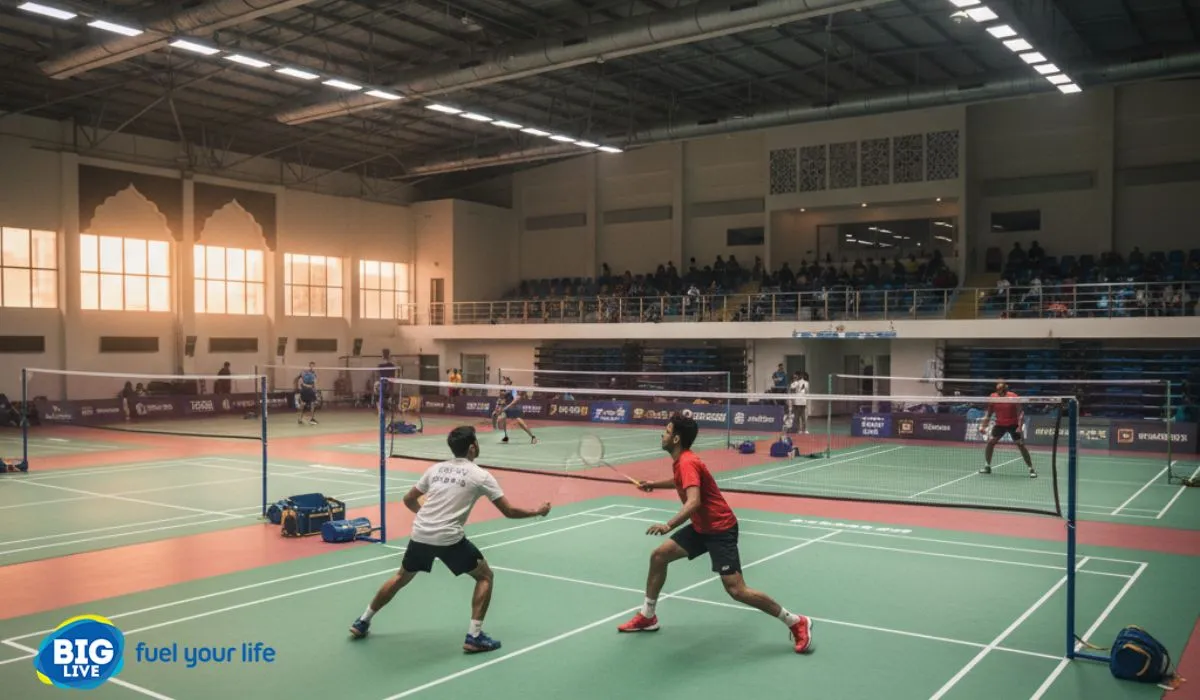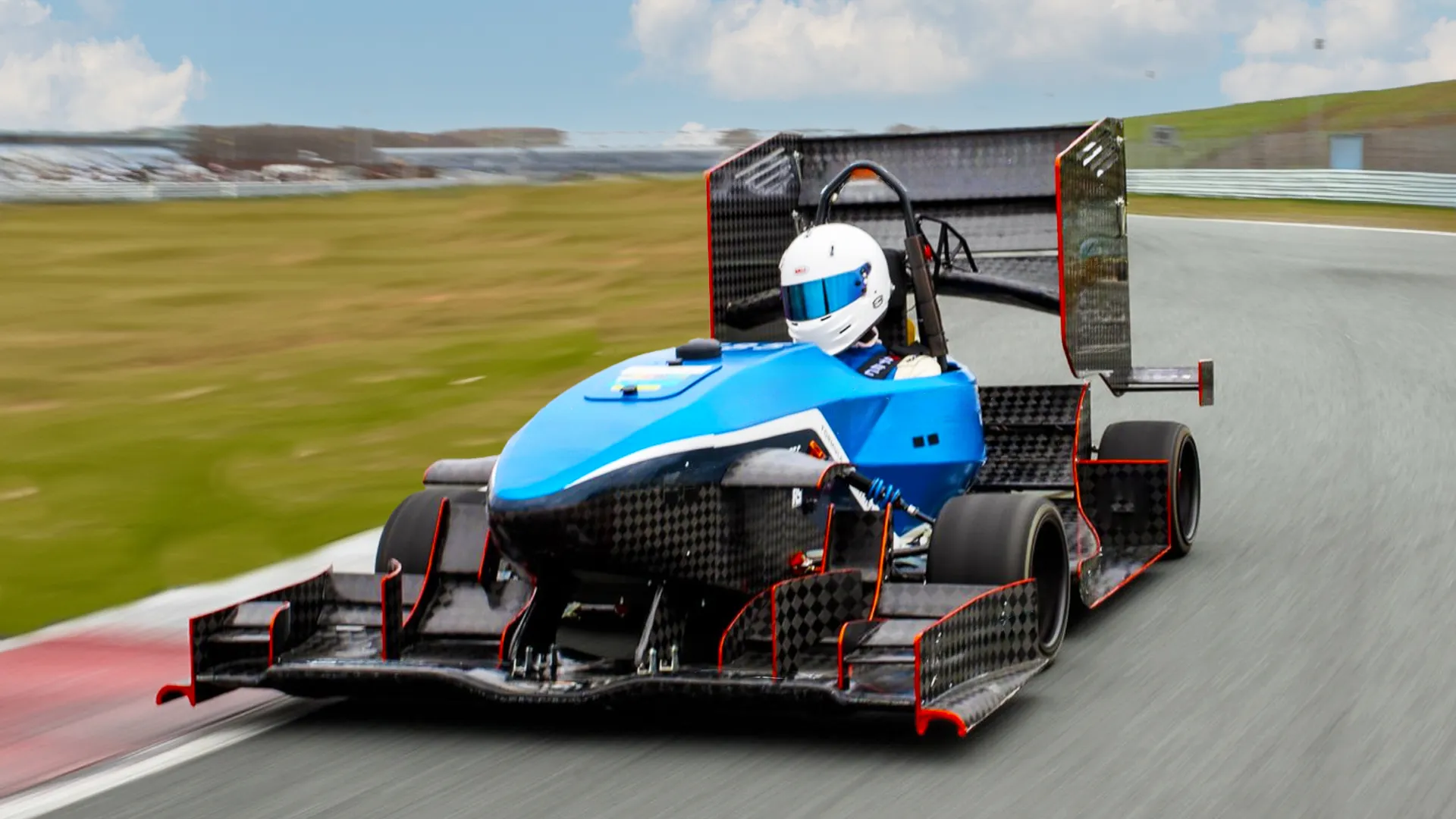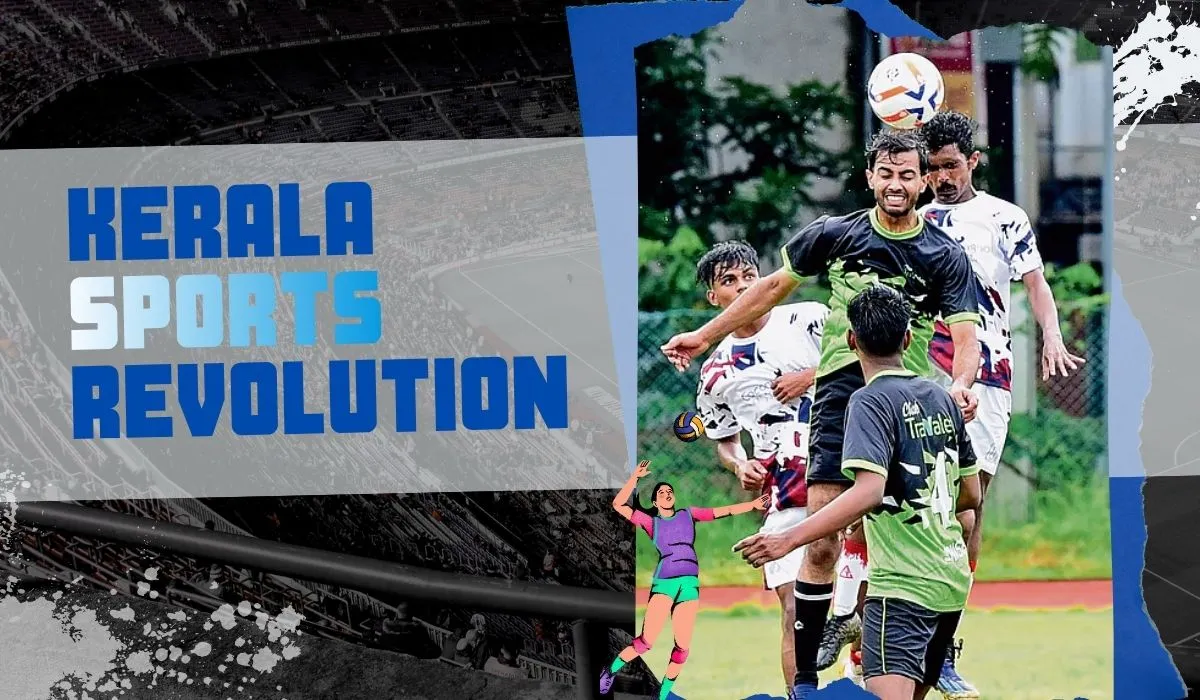Most significant tales have humble starts rather than extravagant fanfare. They start gently in the early morning, when the city is still sleeping, and a boy ties their shoes before getting onto a damp trail. That is how the athletic season of West Bengal started, not with applause but with determination echoing off Salt Lake Stadium's empty stands. By the time July came around; the cheers replaced the silence. West Bengal had just finished perhaps its best athletic season in recent memory. Though it may not have received front-page coverage like cricket or football, it stirred something deeper, a silent comeback impossible to ignore.
Where Grit Beats Glory
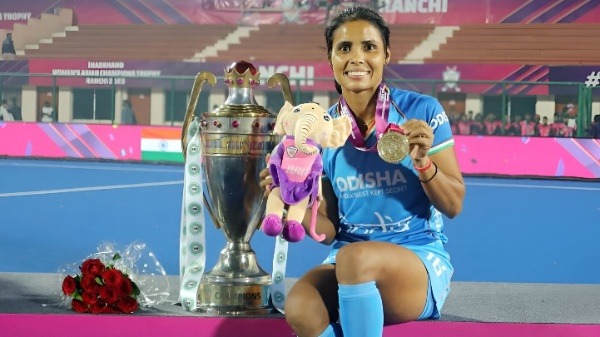
Let’s get one thing straight. This wasn’t about money, limelight, or polished press conferences. Most of these athletes aren’t household names. Some don’t even have proper running shoes. But that’s never stopped them before. What happened this year was the result of sheer, relentless effort. It came from morning drills on aging tracks, recovery routines done with little more than ice packs, and coaches who kept showing up even when there was no guarantee of reward. It came from belief.
Much of the magic unfolded at Salt Lake Stadium in Kolkata. Known mostly for football, the stadium’s track lanes quietly witnessed some of the state’s most determined young athletes put in the kind of work that doesn’t make headlines but wins races.
The Names That Lit Up the Track
Megha Roy stood apart among the head-turners of this season. A time of 11:11 was achieved by the 19-year-old from Barrackpore in the 100 meters at the Inter-State Meet in March. 67 seconds, a personal best and among the fastest times by an Indian female sprinter this year. But her journey wasn’t smooth. Megha didn’t grow up with access to elite coaches or high-tech facilities. Her father repairs electrical appliances. Her mother teaches in a local school. Until two years ago, Megha trained barefoot in a local field. It was Coach Debalina Sen, based at Salt Lake, who saw something in her stride and offered to train her.
“She didn’t ask for a fancy gym or gear,” Coach Sen shared. “Just a chance.”
The 400 meters athlete Pratik Das, who is 22 years old and from Howrah, was also on the rise as an rising star. With a silver medal at the National Athletics Championship in Chennai, he finished under the 47-second mark this season. That single race changed everything. Now, national selectors are watching.
Other names who made their mark this season:
- Gold in the 200 meters at Junior Nationals belongs to U-18 Shristi Banerjee.
- Diya Pal: After a muscle injury last year, she recovered and made the State Meet's 400-meter finals.
- Kunal Saha: Known for anchoring Bengal’s 4x100m relay team with ice-cold nerves and explosive finishes.
Salt Lake: A Stadium of Stories

There’s something about Salt Lake Stadium that makes people return even after failure, even after injury. It’s not just the infrastructure. It’s the community. Training sessions here begin as early as 5 a.m. The track is worn. The gym lacks the equipment you’d find in bigger cities. But what it lacks in resources, it makes up for with resolve.
Coach Abirjit Ghosh, who’s been handling strength and endurance routines for over a decade, puts it simply: “We don’t have imported treadmills or cryo chambers. We have resistance bands, stairs, and belief.” Recovery is often managed with hot water bags and locally made orthotics. Many athletes, like Megha and Pratik, still rely on home-cooked meals, unable to afford protein supplements. But they show up. Every single day.
A Season with Heartbreaks, Too
Of course, not every story ended with medals. In April, during the State Athletics Meet, 17-year old Rahul Chatterjee, considered Bengal’s best hope in the 200 meters, collapsed on the track with a pulled hamstring just meters before the finish. He had been clocking 21.9 in the lead up numbers that would have placed him in the nationals.
“It’s tough,” he said later, still in rehab. “But I’ll come back. Next season. You’ll see.”
His coach, Tanmay Roy, added, “We didn’t lose a medal. We learned how to rebuild.” These moments don’t go viral.
The Supporters Who Rarely Get Named
Behind the scenes, there’s a quiet army that makes these performances possible. Take Rekha Pal, the lone physiotherapist assigned to the stadium for most of the season. With limited tape, sometimes no ultrasound support, she handled sprains, cramps, and fatigue with the patience of someone who understands that most of these kids have no other safety net. Or Sourav Banik, a former district-level sprinter who now volunteers at the stadium after working night shifts at a printing press. His job? Anything that needs doing timing races, adjusting hurdles, carrying water. These people don’t wear coaching jackets or give press interviews. But without them, nothing works.
Turning Points and Trophies
Bengal’s showing at the East Zone Athletics Meet in May was its best in ten years six medals in sprinting events, including three golds. Winning in a nail-biting conclusion, the 4x100m relay team edged Odisha and Assam by barely less than a second. That win wasn’t just a medal. It was a moment. A reminder that Bengal could still lead the race when it mattered. Two of the athletes from this squad Megha Roy and Kunal Saha have now been shortlisted for Team India’s training camp for the 2026 Asian Youth Championships. And quietly, coaches have begun scouting again heading to smaller towns like Murshidabad and Jalpaiguri to find the next generation.
Read more:- Gujarat's Sporting Gap: Why No Major Events Are Happening This Week
Rural Roots, Rising Stars: How Bengal’s Villages Are Powering the Track
Away from the stadium lights and city noise, a quieter revolution is taking place out in Bengal’s villages. Places where children still run barefoot on fields after school, chasing kites or cows, not medals. Yet, from these very lanes, some of the state’s most promising athletes have emerged this season. Consider 14-year-old Nusrat Khatun from a tiny village close to Murarai in Birbhum. She ran the 100 meters in less than 13 seconds barefoot during a school sports day, when a district coach spotted her. She sprints on gravel and dirt under a makeshift tin shed today, yet her name is already being whispered among U-16 sprint team state-level scouts.
Maya Das, her trainer, lacks a decent gymnasium or track. “All we have is a whistle, some cones, and heart,” she laughs. But her work is no joke three of her students qualified for zonal championships this year. Similarly, Raju Barman, a 16-year-old from Jalpaiguri, ran his first timed race on a rice field. Now, thanks to a small state scholarship, he’s training part-time at Salt Lake during school breaks.
What’s impressive is not just the speed, but the hunger. These kids aren’t dreaming of fame. They’re running because it's their way out of poverty, of obscurity, sometimes even of daily hardship. If Bengal's athletics future is bright, it's because its roots run deep into soil that’s not always seen, into communities that don’t always get credit. And yet, quietly, they’re sending stars to the track.
What’s Next for Bengal Athletics?
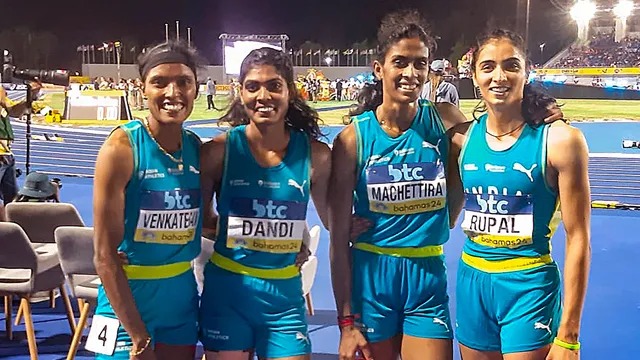
There’s a growing buzz about what the 2026 season might bring. The Bengal Athletics Association (BAA) has already started talks to launch a State Sprint League across five districts. Not only will it help uncover talent, but it will also keep young athletes competition-ready year-round.
There’s also a strong proposal for a high-altitude training camp in Darjeeling, modeled after training centers in Ooty and Manali. Coaches believe it will help improve stamina and cardiovascular recovery, especially for 400m and 800m runners.
And perhaps most importantly, efforts are finally being made to resurface the Salt Lake track, which hasn’t been renewed in nearly a decade. If funding is approved, the upgrade could drastically reduce injury rates and improve sprint timings.
Final Thoughts: From Lanes to Legacy
As the season drew to a close in late July, there were no stadium fireworks. No TV crews. No glamour. Just the familiar sound of spikes clicking on concrete. Of handshakes and hugs. Of coaches whispering, “Well done, beta.” This wasn’t just the end of a season. It was the beginning of something far more powerful, a cultural shift. One where young athletes from West Bengal are no longer just showing up, they’re standing out. And they’ve done it without fanfare. Without shortcuts. Just belief, grit, and a lane to run on.
Sometimes, the brightest lights don’t come from the spotlight. Sometimes, they’re lit slowly on empty tracks, at sunrise. Their stories may not trend online, but they matter. Every stride, every setback, every quiet victory, they’ve brought West Bengal’s athletics to life again. This season proved that talent thrives where passion is planted. And next year? The track won’t just remember them, it’ll wait for what’s coming next.



